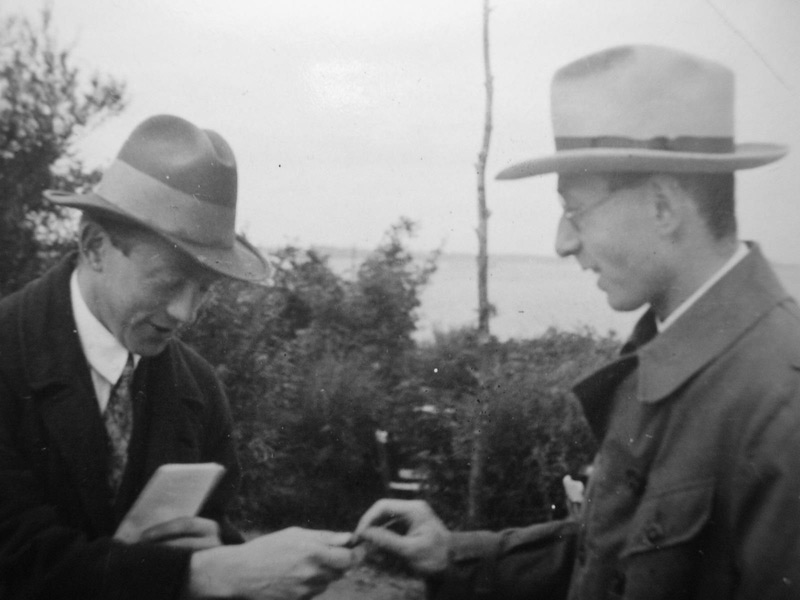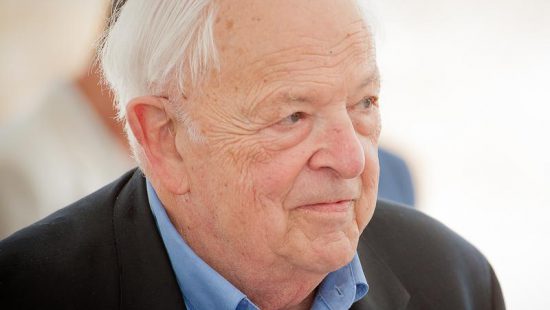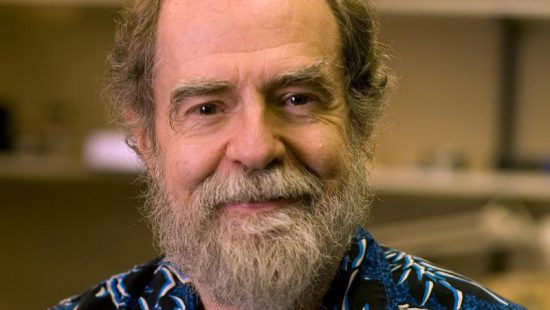In elementary school, Eugene P. Wigner was diagnosed with tuberculosis, a crippling infection that attacks the lungs. While confined to a sanatorium, the budding physicist found time to contemplate math problems before being released following a misdiagnosis. “I had to lie on a deck chair for days on end,” he said, “and I worked terribly hard on constructing a triangle if the three altitudes are given.” This moment of self-discovery would help define his career.
In 1933, Wigner discovered that the force binding the nuclei of atoms is very weak when the distance between them is great, but strong when they are close together. Three decades later, this discovery would contribute to a Nobel Prize win. “In science,” Wigner said, “it is not the speed that is the most important. It is the dedication, the commitment, the interest and the will to know something and to understand it – these are the things that come first.”







